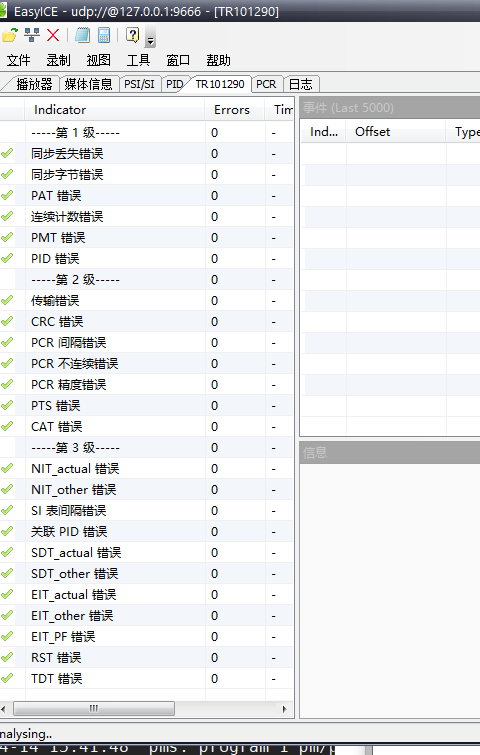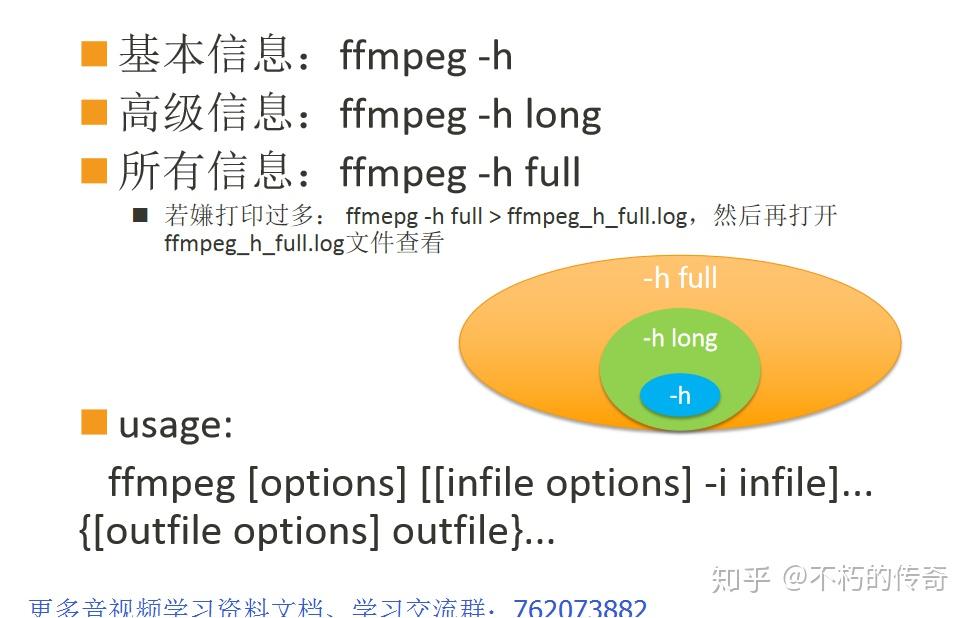

threads 0 tells ffmpeg to spawn as many threads it deems necessary. I used max, other presets include hq and normal. The -vpre flag allows you to set a predefind presets that control (among other things) the quality of the encoded value. The -vcodec libx264 tells ffmpeg to encode the video using H.264 encoding. Performing the first encoding pass ffmpeg -i /tmp/video.mpg -vcodec libx264 -vpre max -threads 0 \ The -t flag allows you to restrict the video capturing duration. It allows you to make an identical copy of the video from the capturing device /dev/video0. The -vcodec copy tells ffmpeg to copy the raw codec data as is. After hours of going through man pages, I’ve managed to capture and convert video tapes into high quality (encoded) digital video.īasically the process involved capturing the raw video into a temporary file and then preform a two-pass encoding using H.264.Ĭapturing the raw video ffmpeg -i /dev/video0 -t 1:30:00 -vcodec copy /tmp/video.mpg ffmpeg’s defaults are notoriously ill-chosen. While ffmpeg provided everything I looked: high quality video encoding using H.264 and stability, it wasn’t an easy start.

So I looked for another tool and recalled ffmpeg. Doing real time encoding, is sub-optimal as I can’t reach high quality encoding is a reasonable bit rate. It crashed with a cryptic error message every time I’ve tried to encode H.264 video, and it seemed that it best suited for real time encoding.

In order to save old family videos recorded in this format, I’ve decided to digitize them.Īfter a quick try with vlc, I’ve understood that it wasn’t the right tool for the task. 8-millimeter video tapes seem to slowly fade to oblivion.


 0 kommentar(er)
0 kommentar(er)
